Demolition has begun for the six-story ADM Wheat Mill located at 1300 W Carroll Street in West Loop.
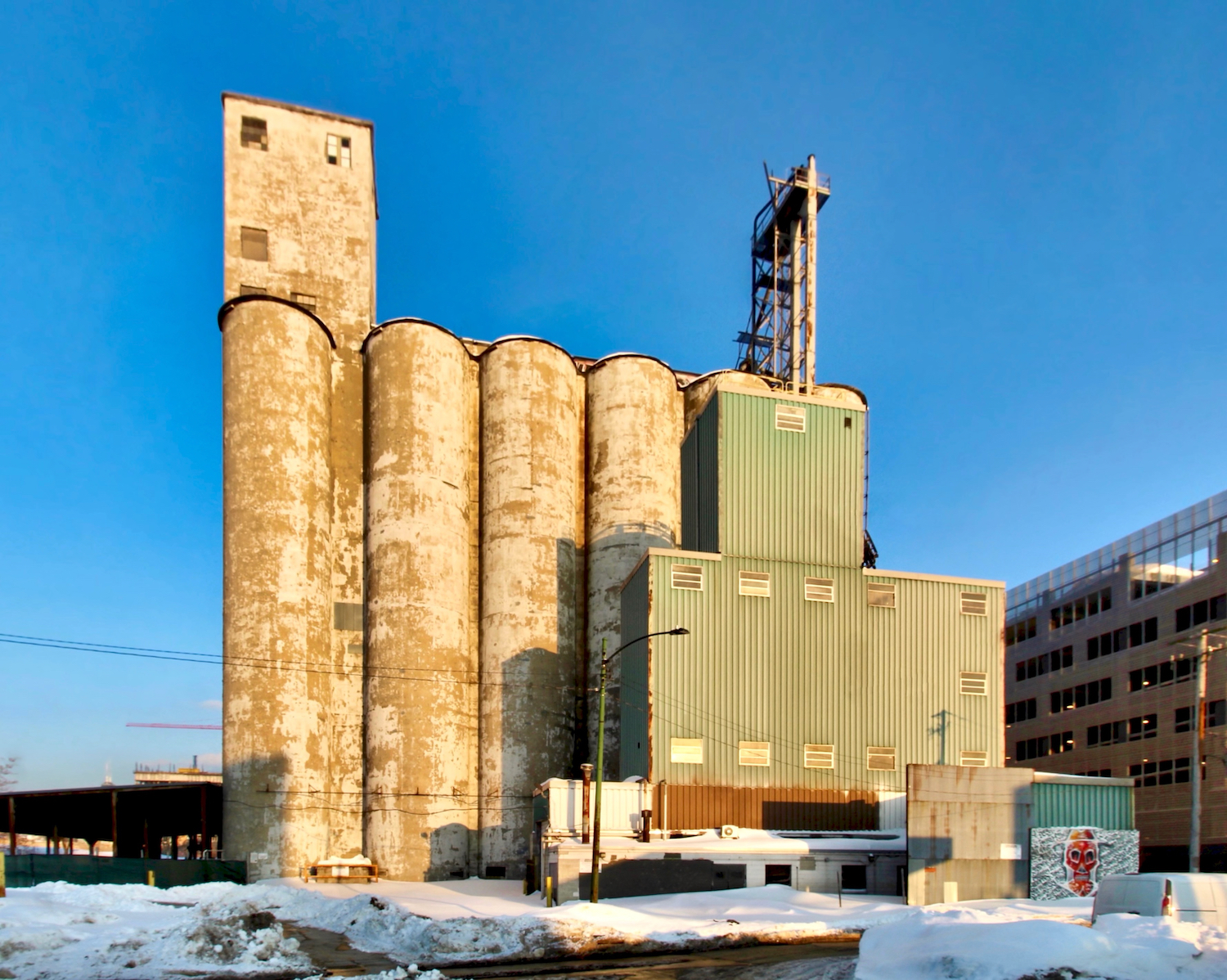
1300 W Carroll Avenue. Photo by Jack Crawford
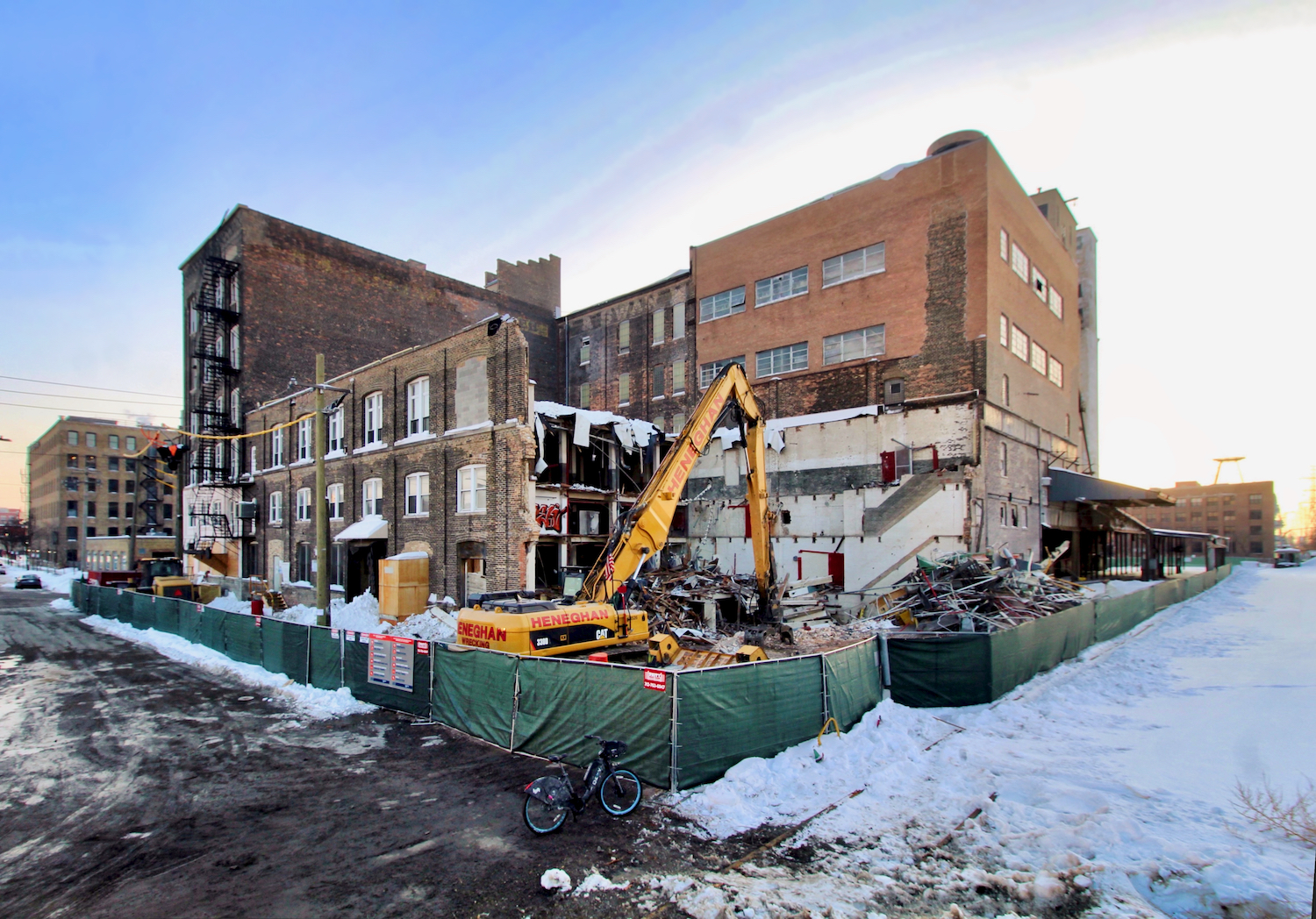
1300 W Carroll Avenue. Photo by Jack Crawford
Sterling Bay owns the 2.2-acre site, which they purchased for $25 million, according a 2018 Curbed article. The facility was built in 1897 and contains a mix of silos and an integrated masonry building. The decision to sell the property was made as ADM planned to move its production outside of Chicago to Mendota.
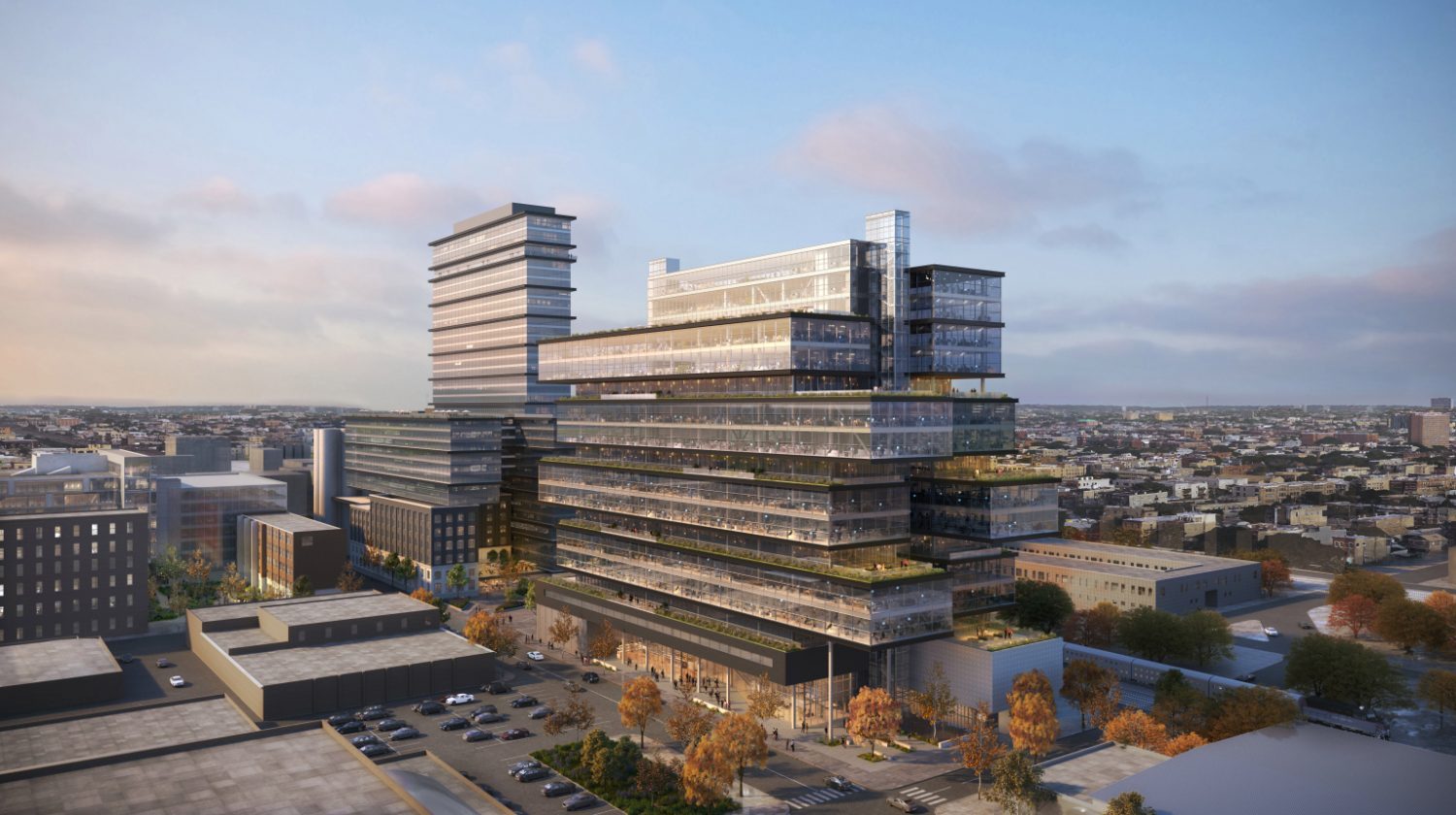
1200 W Carroll Avenue with conceptual design for 1300 W Carroll Avenue. Rendering by Gensler
Currently, plans for a replacement have not yet been published, though the 2018 Curbed article also mentioned a potential Metra station. Sterling Bay has also received approval for an adjacent 14-story development at 1200 W Carroll, which would stand 227 feet and house 486,000 square feet of office space. Preliminary renderings of this project show an even-taller building behind it, depicting the conceptual scale of what could rise at 1300 W Carroll.
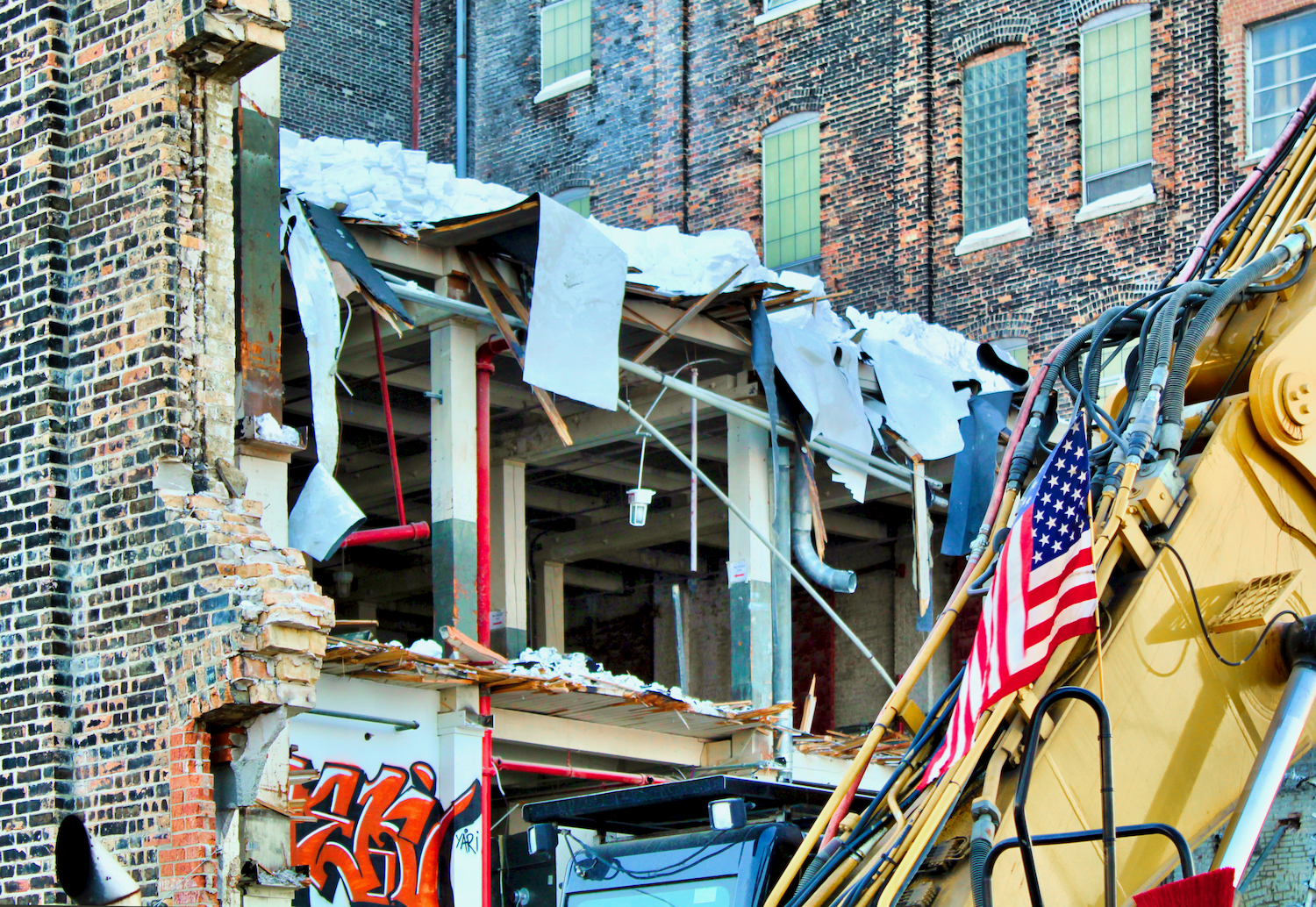
1300 W Carroll Avenue. Photo by Jack Crawford
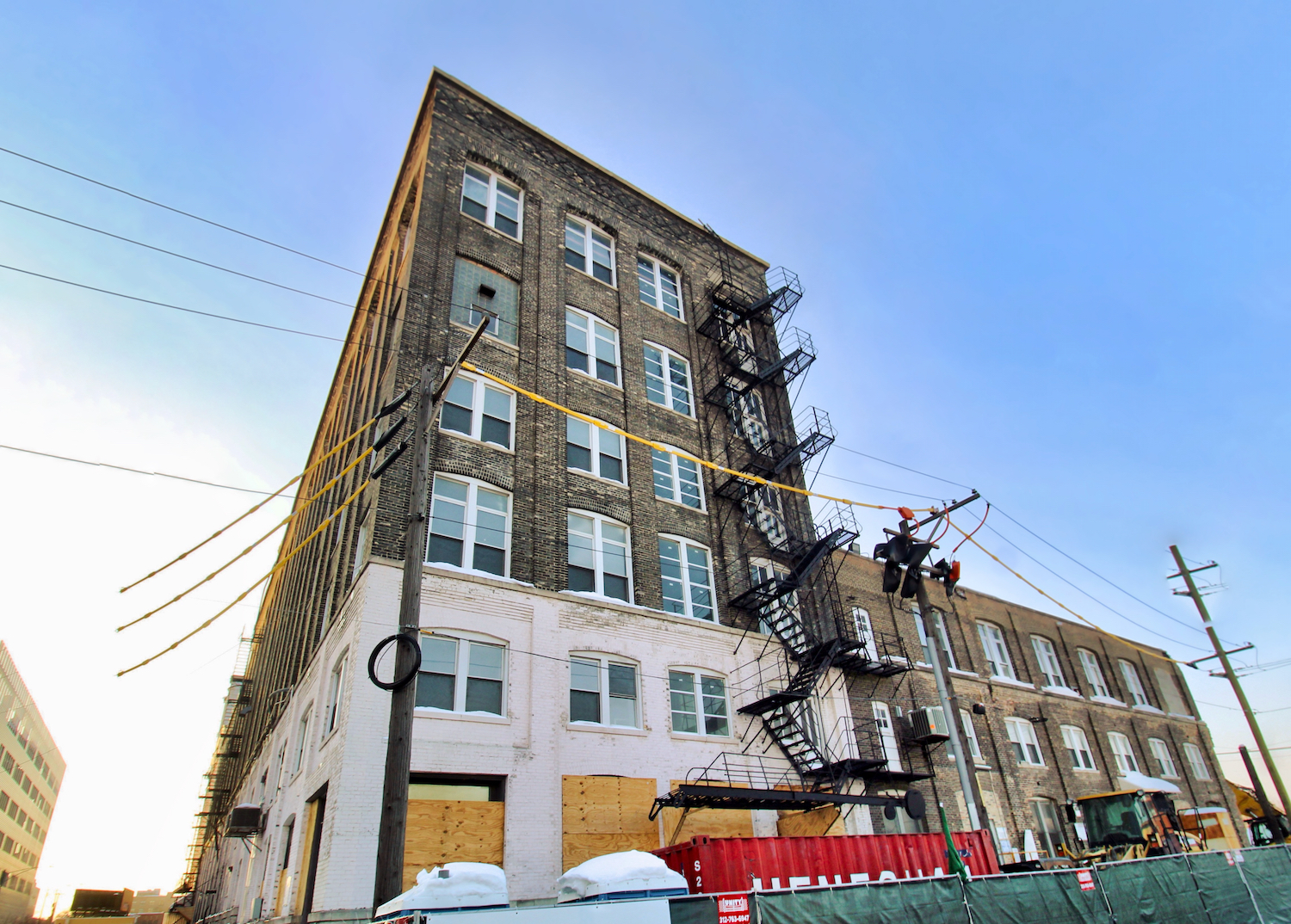
1300 W Carroll Avenue. Photo by Jack Crawford
Several bus options lie within the area, including east and westbound stops for Route 65 a seven-minute walk northeast to Grand & Ogden. Meanwhile, north and southbound stops for Route 9 can be found a nine-minute walk westation is serviced by the Green and Pink Lines, a nine-minute walk southwest.
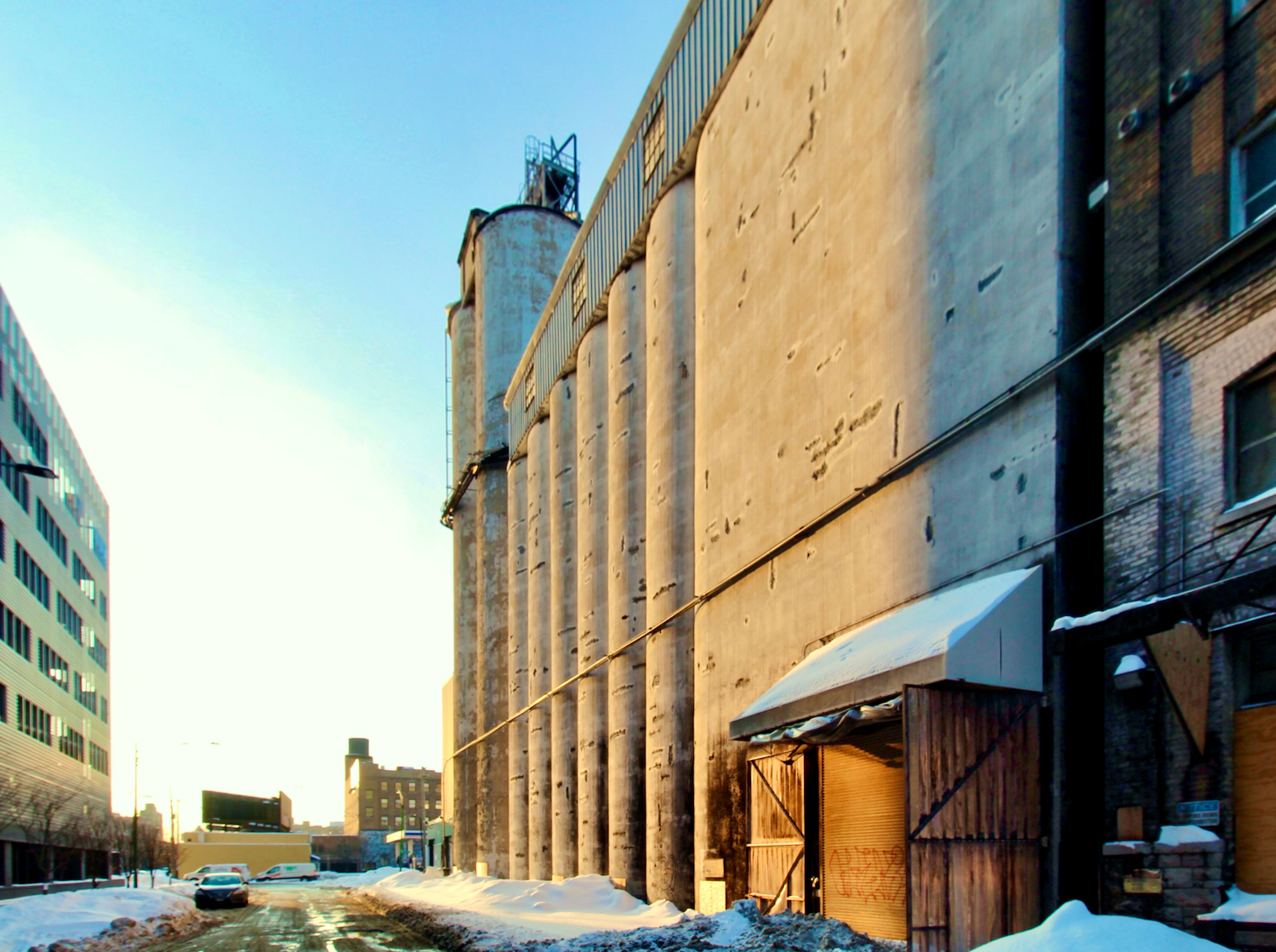
1300 W Carroll Avenue. Photo by Jack Crawford
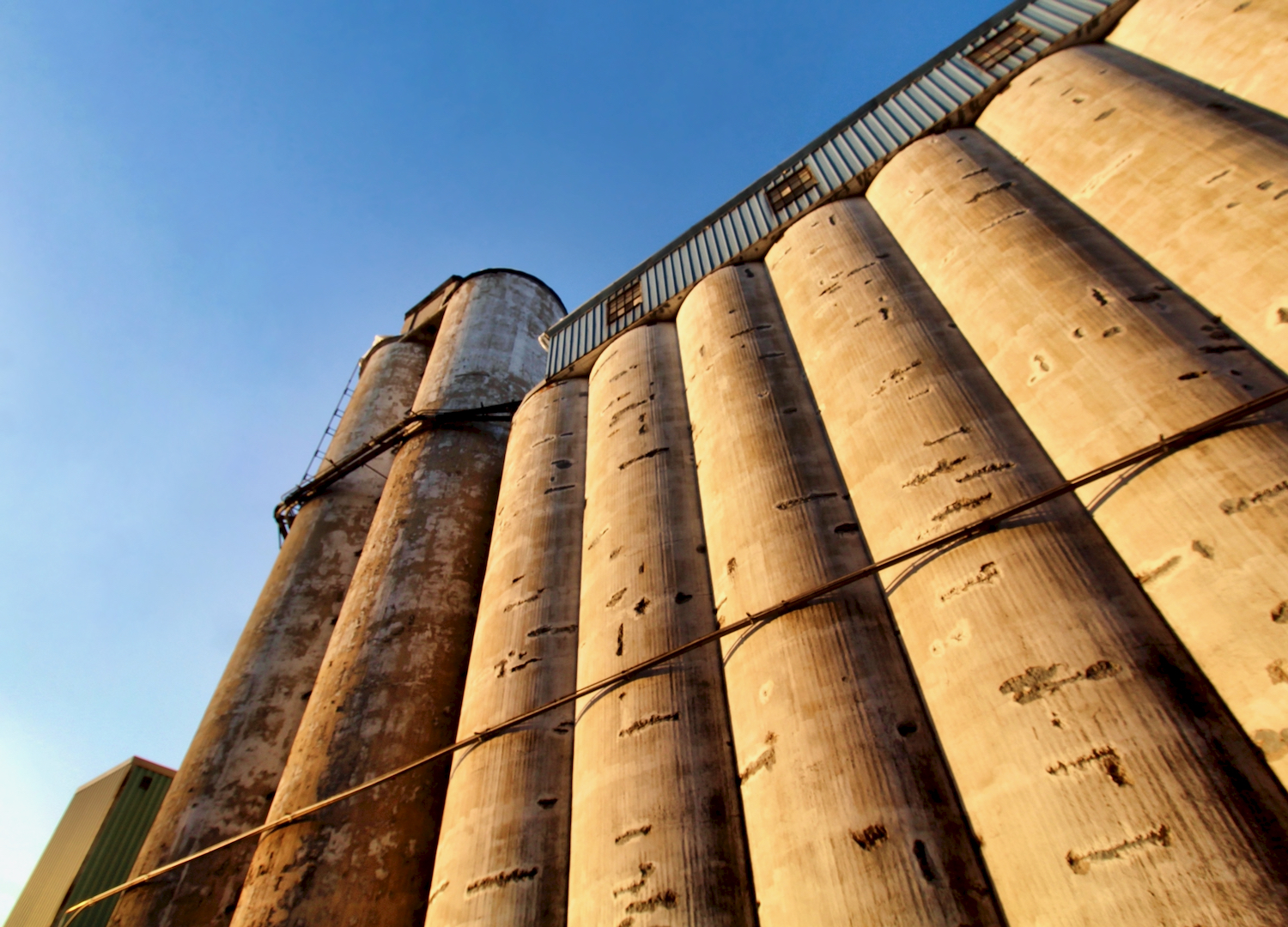
1300 W Carroll Avenue. Photo by Jack Crawford
Heneghan Wrecking & Excavating is the demolition contractor for the mill. While fencing for Power Construction could also be seen on-site, it is unclear if the company will serve as general contractor for any future development. No additional permits have been filed or issued, and Sterling Bay’s timeline for the parcel remains unknown.
Subscribe to YIMBY’s daily e-mail
Follow YIMBYgram for real-time photo updates
Like YIMBY on Facebook
Follow YIMBY’s Twitter for the latest in YIMBYnews


The rendering also shows them saving the brick building (and the silo?) with a modern addition, which probably would’ve worked really well. Shame they couldn’t figure out how to save the nice brick building.
Would have been much better if they saved the original building/integrated it with a new addition. Thomas Heatherwick did a project with old silos in Cape Town. A new hotel was created as a modern addition and the silos were transformed into a art museum. Things like that MAKE neighborhoods what they are and create context. Destroying all of the architectural history just creates a homogenized streetscape that looks like it could be anywhere in the world. These new buildings will no doubt be interesting since Sterling Bay is developing it, but it could have been even better.
Agree with posted comments. It would have been great to save the silos and incorporate with new building.